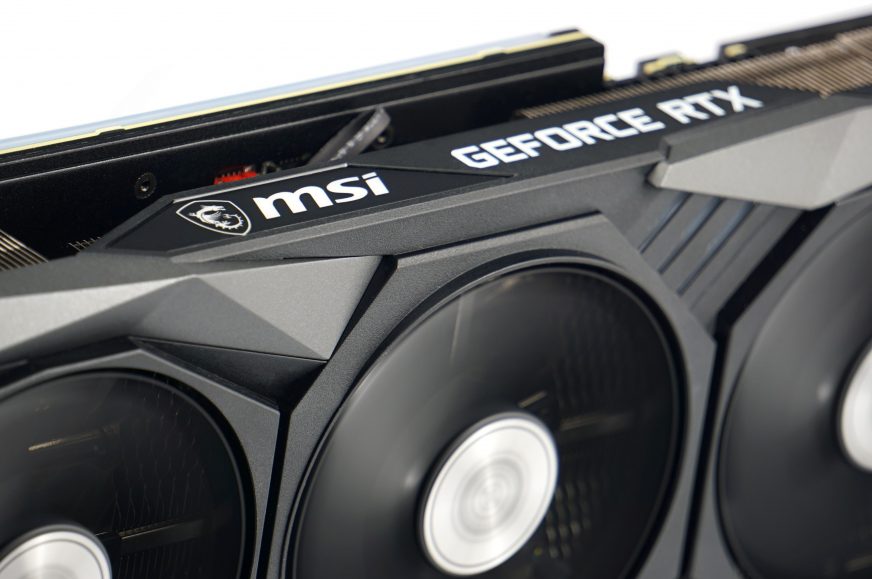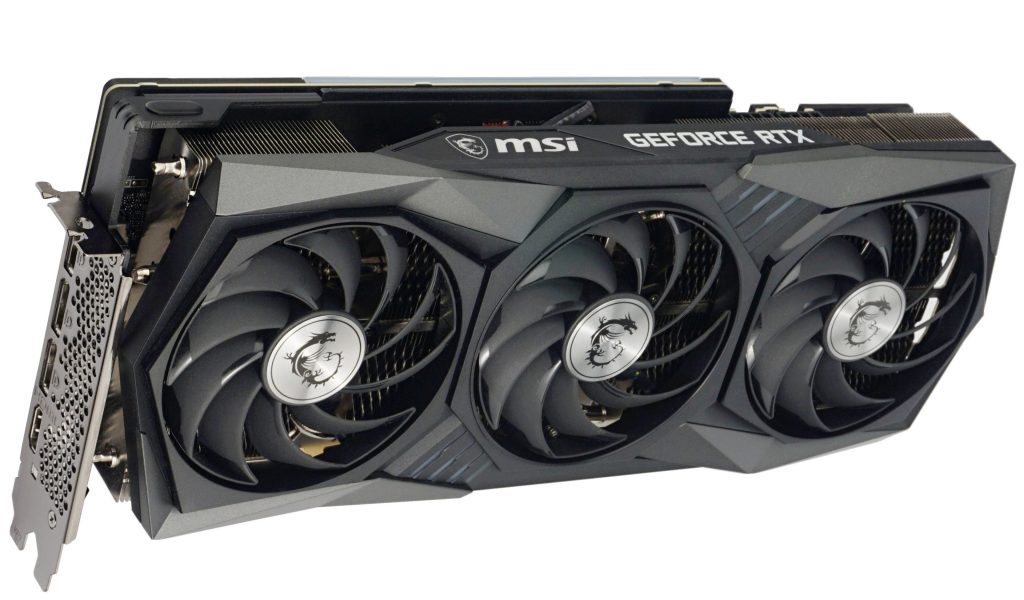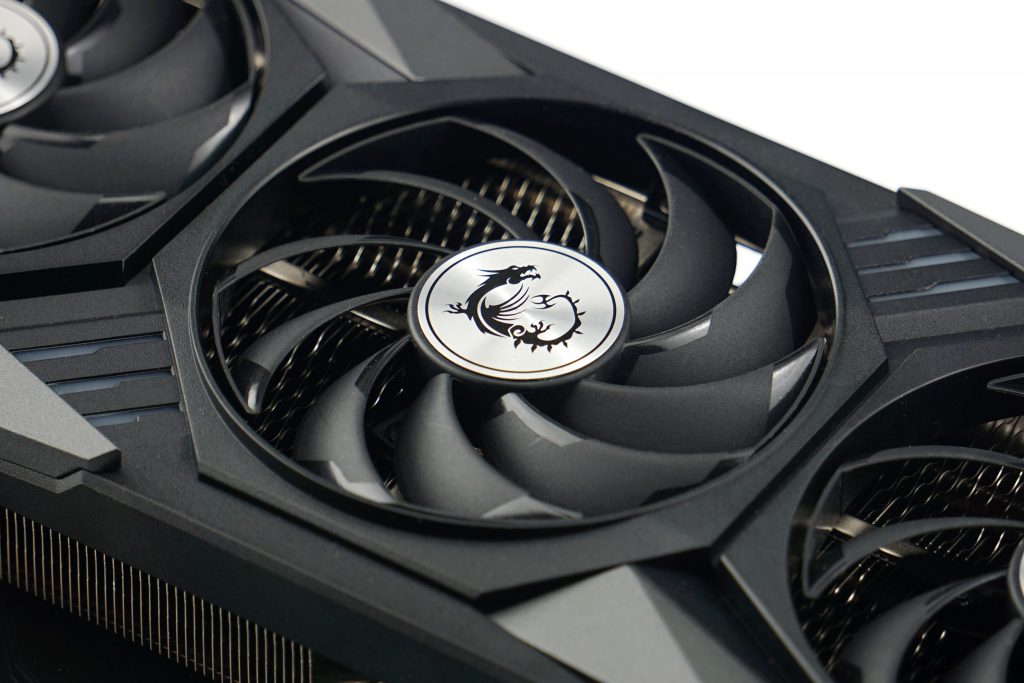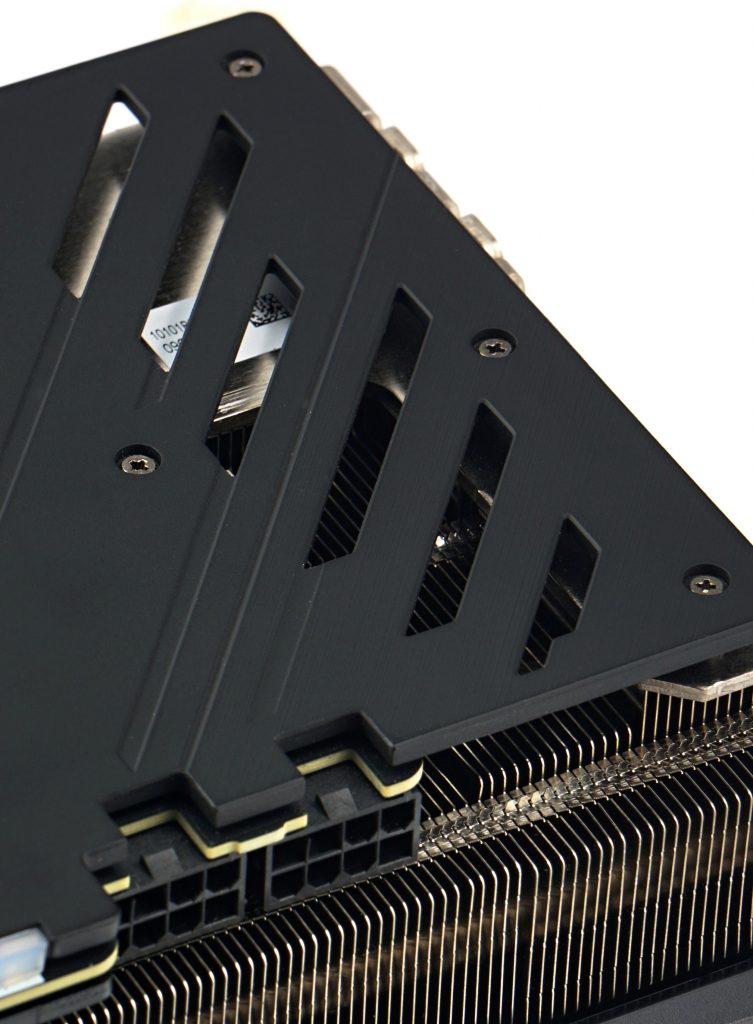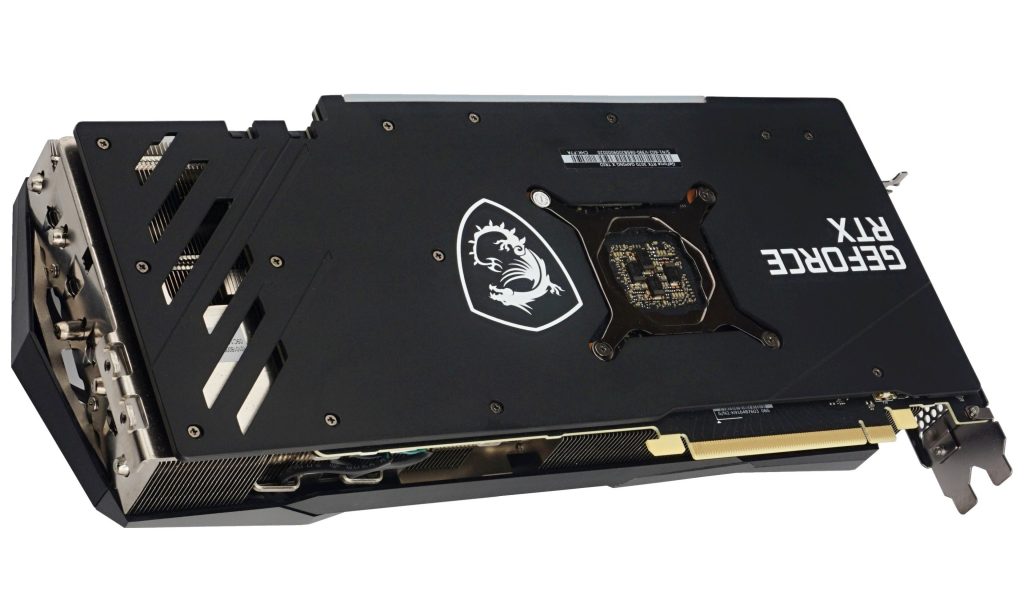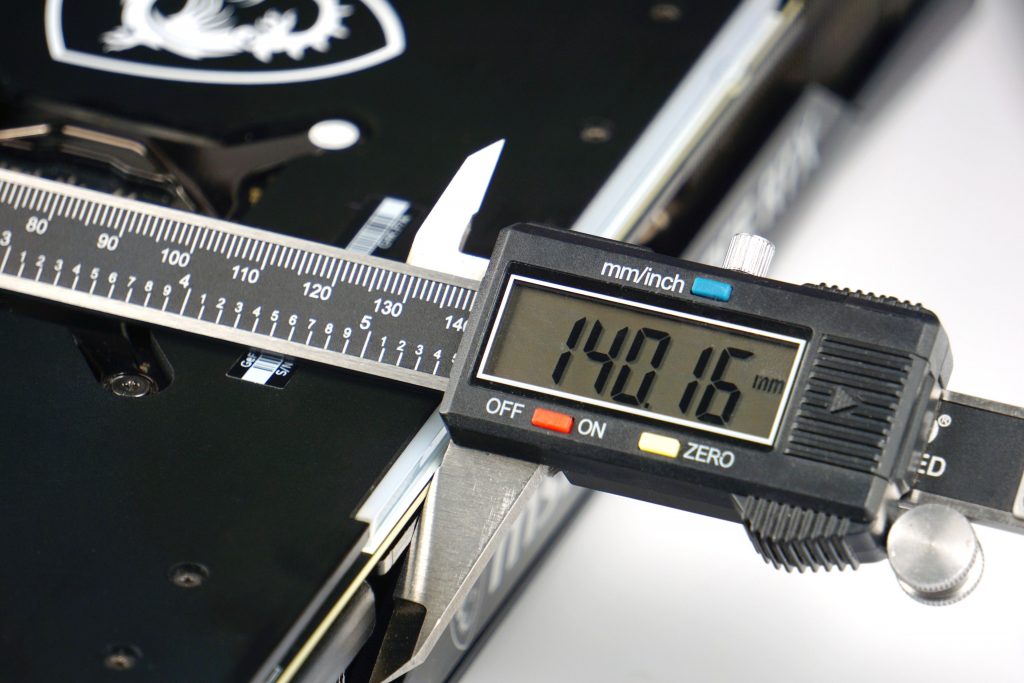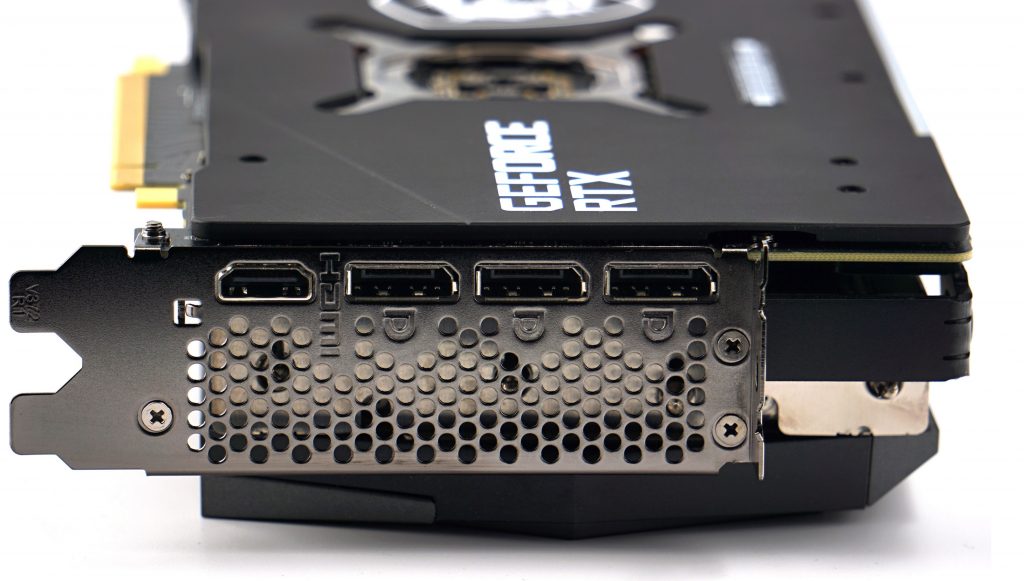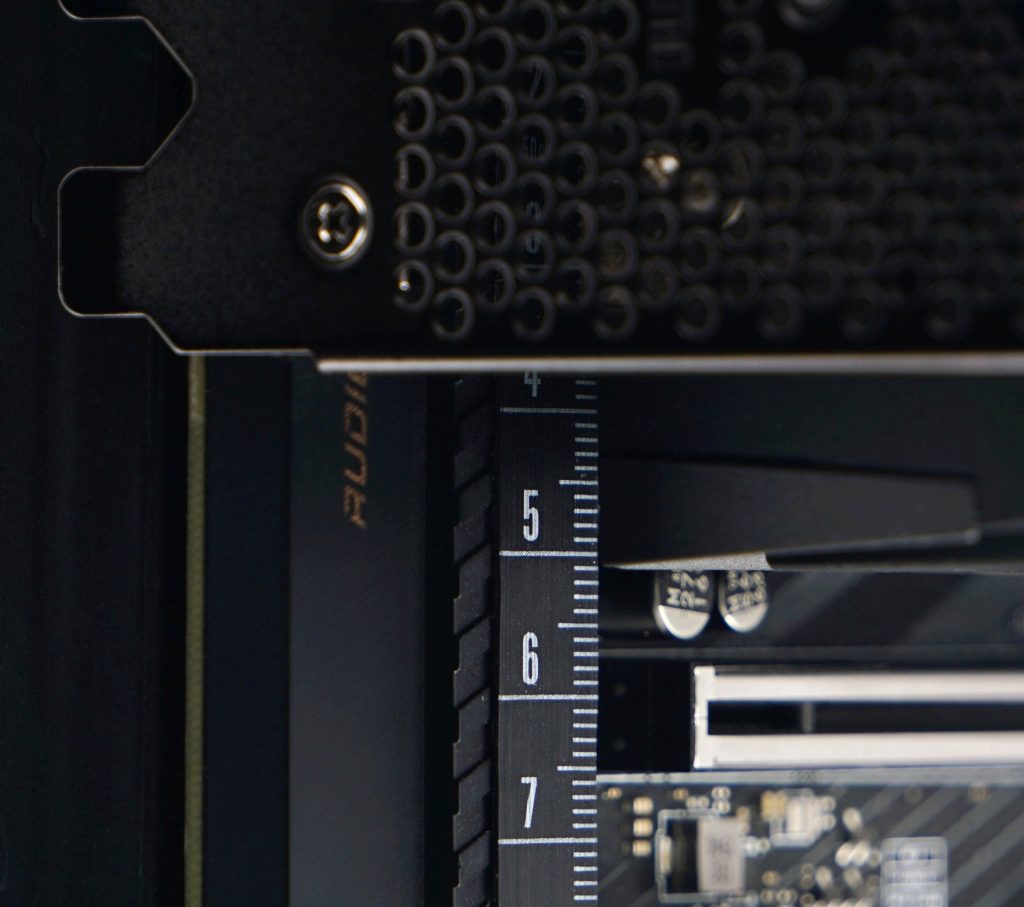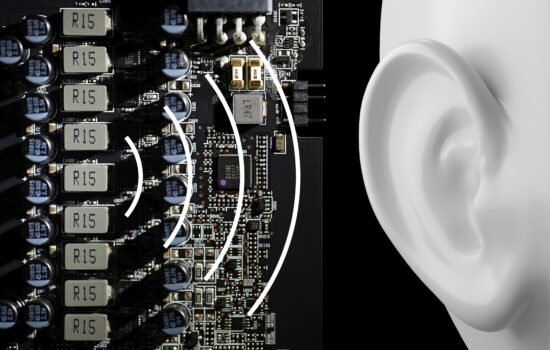MSI RTX 3070 Gaming X Trio – details
The availability of more powerful graphics cards for common consumers is lousy, but if you are lucky enough to get one, it will most probably be equipped with a GPU GA104-300-A1, which is in the GeForce RTX 3070. Most cards have this GPU and one of the most attractive is the MSI Gaming X Trio with Tri Frozr 2 cooler. It is really oversized and thanks to it, this graphics card significantly exceeds the reference boost. And is also pretty quiet while doing so.
The current market situation for more powerful graphics is quite annoying and does not give many options to gamers or users who use the computing power of GPUs for productive purposes. Respectively, those options are only under very unfavorable conditions with silly prices. But even in this crazy time, it is necessary to keep going somehow and bring new tests on a regular basis, even if the purchasing power is understandably lower in traditional circles (gamers, creatives or developers).
In this test, we will analyze the RTX 3070. According to a German e-shop Alternate, these cards should be the most available. Instead of the most common note with very little availability, they tend to feature “just” low availability. This could indicate better stocks, although even here you need to stay vigilant.
The RTX 3070 has the same core (GA104) as the cheaper RTX 3060 Ti, with which it shares 8 GB of GDDR6 memory, a 256-bit memory bus and 4 MB of L2 cache. However, it already has 8 more streaming multiprocessors (SM), which corresponds to more shaders (5888), render output units (96), texture mapping units (184) and so on (the complete list of specifications can be found in a detailed table in the second chapter of this article).
Compared to the RTX 3060 Ti, the RTX 3070 also has higher clock speed and namely the Gaming X Trio guarantees a 1830 MHz boost. However, this is a value that corresponds rather to an extreme load at which the TDP limits are rapidly reached in worse temperature conditions. In everyday life, however, the operating clock is even higher, and we will analyze this in detail in this test. But first, look at the design of the MSI Gaming X Trio.
MSI RTX 3070 Gaming X Trio – details
It should be noted immediately that this is not a toy card and you are dealing with one of the largest RTX 3070 graphics cards. You won’t find an RTX 3070 with a dual-fan design (i.e. with Twin Frozr 8) like you could with the RTX 2070. The reason also is that it has a slightly higher TDP, but most importantly, it can be seen that MSI wants to have quieter cards again than, say, more powerful models with the Twin Frozr 7 on RTX 2000 (Super). This is also seconded by the fact that these three-fan configurations are also installed on lower series models, including the RTX 3060, where they weren’t before. On the RTX 3070, however, such a cooler makes quite good sense. This card still has a relatively high power draw and with it would certainly be noisier or achieve lower performance the Twin Frozr 8.
Tri Frozr 2 has undergone several visible changes compared to the previous generation. It already uses Torx 4.0 fans, for which the size was unified (Torx 3.0 had a larger middle fan) to 90 mm and the shape of the blades was also changed. The designers omitted the center dispersion and ridges from the blade design, which laminarized the air flow and joined the ends of the adjacent blades instead. They are always in pairs. A remarkable detail is also the smooth glossy surface finish in some parts of the rotor, where higher static pressure could be achieved. Otherwise, most of the surface is matte with a typically rougher surface texture. In addition, the center fan rotates in the opposite direction than the side fans in order to suppress turbulence. But you already know this well from other graphics cards.
On the opposite side, the backplate is massively perforated at the end of the graphics card. This is for better airflow across the fins and overall cooling.
The PCB is significantly shorter than the total length of the cooler, so such a solution to increase cooling efficiency is definitely appropriate. Heated air can leave the cooler faster than if the backplate was solid/closed.
A large, proper cooler is great until it limits the choice of computer case. The RTX 3070 Gaming X Trio is also more bulky in depth, 140 mm in the axis facing the side panel. This will not be restrictive for most PC cases, but there will also be a few of them that have an interior vertically divided into two halves, and such a graphics card usually no longer fits in them. Although the length would fit even with 323 mm.
The number and selection of outputs corresponds to the reference design, i.e. with the predominance of DisplayPorts (1.4a), complemented by one HDMI (2.1). You can use all video outputs simultaneously.
The card is also quite high. Although the PCIe blanking plate is standard, dual-slot, it is exceeded by both the heatsink and fans. Therefore, do not expect to use the third slot with another expansion card.
The weight of the graphics card stops at 1,460 g (3.22 lb). MSI designers considered that this is already quite enough and therefore a holder is part of the accessories. On the one hand, it lightens the load of the PCI Express slot, on the other hand it holds the card in a horizontal position, which will be appreciated especially by perfectionists who care about the appearance of their computers. Still, it looks better when the back is not sagging. This will probably be the main reason to use it. Current PCIe slots with metal shieldings embedded in the PCB will not feel the heavy weight so much.
- Contents
- MSI RTX 3070 Gaming X Trio – details
- Specification table
- Methodology: performance tests
- Methodology: how we measure power draw
- Methodology: noise and sound measurement
- Methodology: heat tests
- Test rig
- 3DMark
- Age of Empires II: DE
- Assassin’s Creed: Valhalla
- Battlefield V
- Battlefield V with DXR
- Borderlands 3
- Control
- Control with DXR and DLSS
- Counter-Strike: GO
- Cyberpunk 2077
- Cyberpunk 2077 with DLSS and FidelityFX CAS
- Cyberpunk 2077 with DXR, DLSS and FidelityFX CAS
- DOOM Eternal
- F1 2020
- FIFA 21
- Forza Horizon 4
- Mafia: DE
- Metro Exodus
- Metro Exodus with DXR and DLSS
- Microsoft Flight Simulator
- Red Dead Redemption 2 (Vulkan)
- Red Dead Redemption 2 (Dx12)
- Shadow of the Tomb Raider
- Shadow of the Tomb Raider with DXR
- Total War Saga: Troy
- Wasteland 3
- Overall game performance and performance per euro
- CompuBench (OpenCL)
- CompuBench (CUDA)
- SPECviewperf 2020 and SPECworkstation 3
- FLOPS, IOPS and memory speed tests
- 3D rendering 1/2 (LuxMark and Blender@Cycles)
- 3D rendering 2/2 (Blender@Radeon ProRender and Eevee)
- Photo editing (Adobe Photoshop, Lightroom and Affinity Photo)
- Broadcasting (OBS and Xsplit)
- Password cracking
- GPU clock speed
- GPU heating
- Net graphics power draw and performance per watt
- Analysis of 12 V subcircuit power supply (higher load)
- Analysis of 12 V subcircuit power supply (lower load)
- Analysis of 3.3 V subcircuit power supply
- Noise level
- Frequency response of sound
- Conclusion





